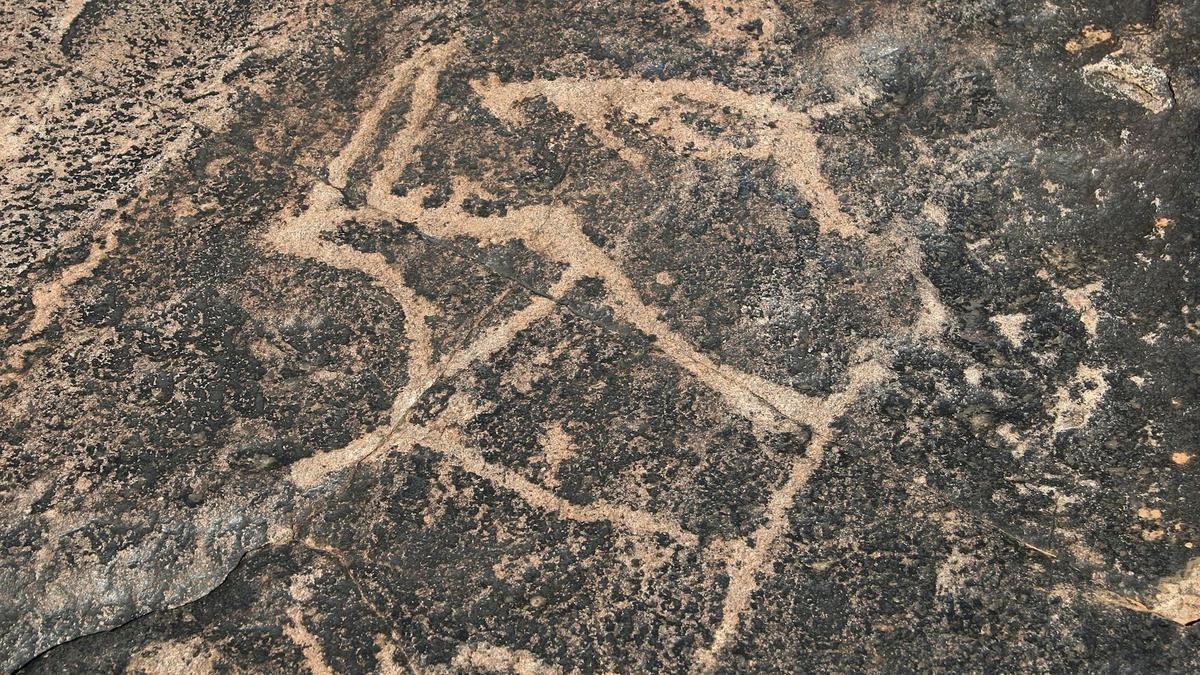7667766266
enquiry@shankarias.in
A recent study by the researchers in South Africa suggested a distinct echo attracted the ancient artists to one site, Kurukop.
|
Kurukop |
|
Petroglyphs engraved on rocks, have an obvious visual attraction.
Echo refers to the repetition of sound caused by the reflection of sound.
